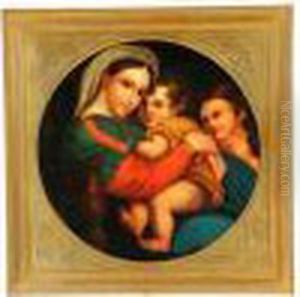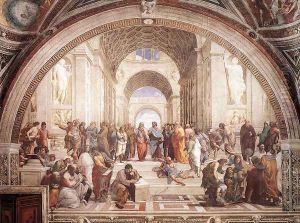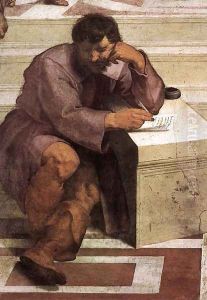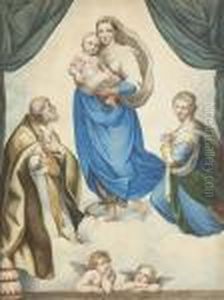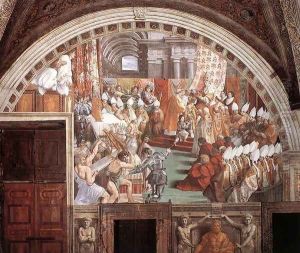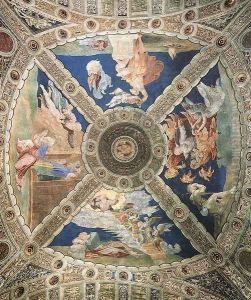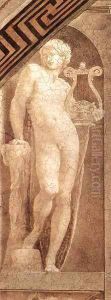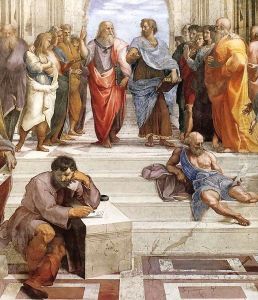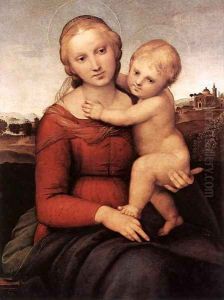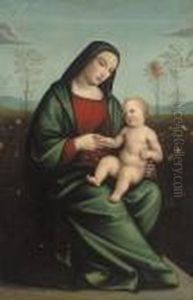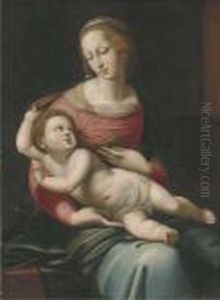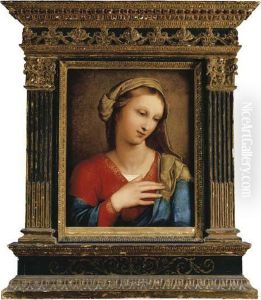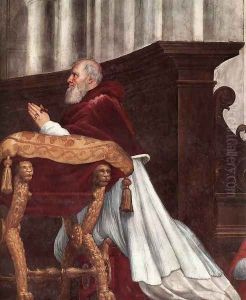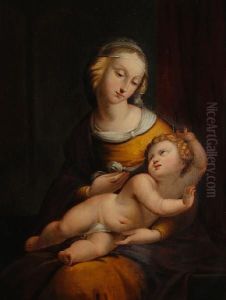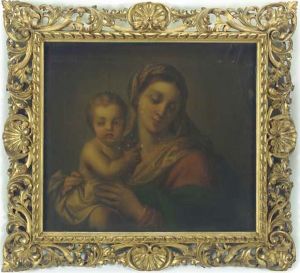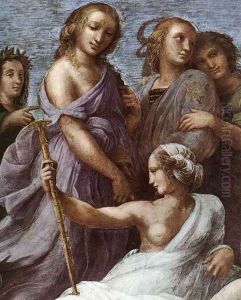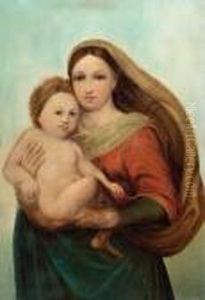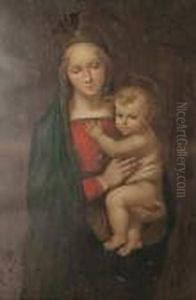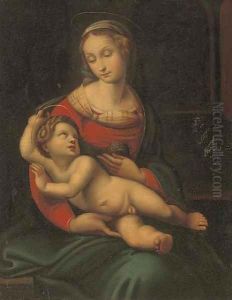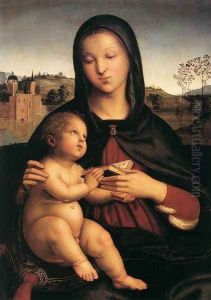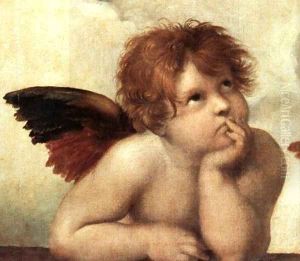Raphael Paintings
Raphael, also known as Raffaello Sanzio da Urbino, was an Italian painter and architect of the High Renaissance. Born on April 6, 1483, in Urbino, Italy, Raphael was recognized for his clarity of form, ease of composition, and visual achievement of the Neoplatonic ideal of human grandeur. He was part of the trinity of great masters of that period, alongside Michelangelo and Leonardo da Vinci.
Raphael's father, Giovanni Santi, was a court painter to the Duke of Urbino, and his artistic environment during his formative years played a crucial role in shaping his early development. Orphaned by the age of eleven, Raphael took over his father's workshop, but he also studied the works of the times' great artists, which influenced his style.
His early works, reflecting the influence of his teacher Perugino, include the 'Mond Crucifixion' (1502-03) and 'The Marriage of the Virgin' (1504). Raphael's first significant commission in Florence was the 'Madonna and Child with the Book' (1502-03), which marks the beginning of his continuous exploration of the Madonna theme.
In 1508, Raphael moved to Rome, where he achieved fame with his fresco work in the Vatican at the request of Pope Julius II. His most famous works from this period include the 'School of Athens' (1509-11), representing philosophy, and the 'Parnassus' (1509-11), representing poetry. Raphael's work in the Vatican Rooms (Stanze di Raffaello) demonstrated his masterful handling of space and perspective.
Throughout his short life, Raphael also created numerous Madonnas, famous for their beauty and grace, such as 'La Belle Jardinière' (1507), 'Sistine Madonna' (1512), and 'Madonna of the Chair' (1514). He managed a large workshop and had many students and assistants, often running several major commissions simultaneously.
Raphael's architecture work is exemplified by his design for the Chigi Chapel in the Church of Santa Maria del Popolo and his work on St. Peter's Basilica, where he was appointed as an architect following the death of Donato Bramante.
Raphael's engagement with classical antiquity and his perfecting of Renaissance artistic principles made him a key figure in Western art history. His works are characterized by their perfect form and composition, contributing to his reputation as one of the greatest artists of all time.
Raphael died on April 6, 1520, his 37th birthday, in Rome. His death was believed to be caused by excessive passion—either a fever or possibly by overwork. Raphael's influence continued to be felt long after his death, affecting the development of future generations of artists throughout Europe.
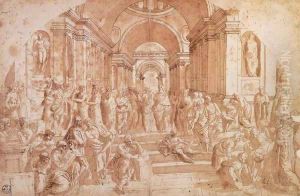
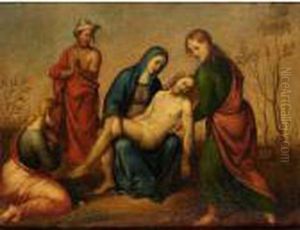
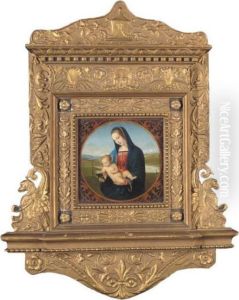
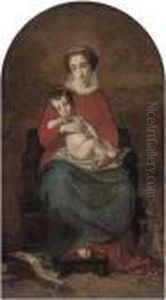
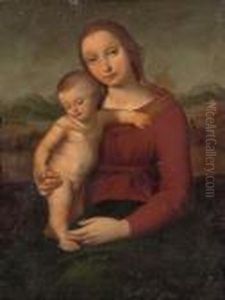

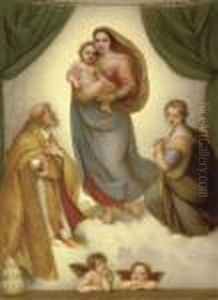
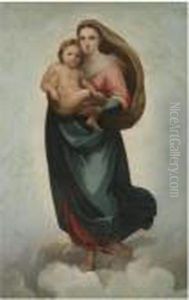
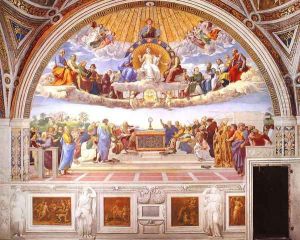
![The School of Athens [detail: 1]](https://www.niceartgallery.com/imgs/253962/s/raphael-the-school-of-athens-detail-1-8956d483.jpg)
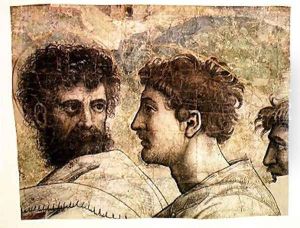
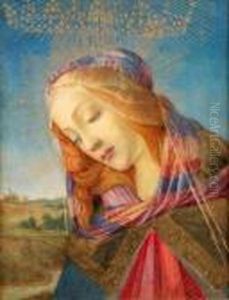
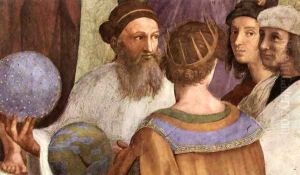
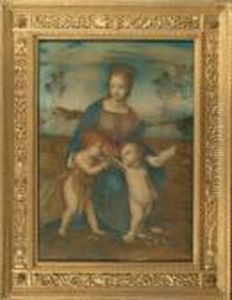
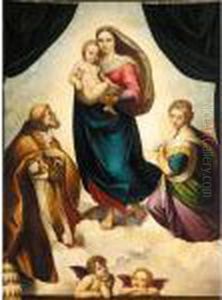
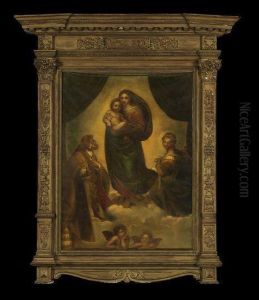
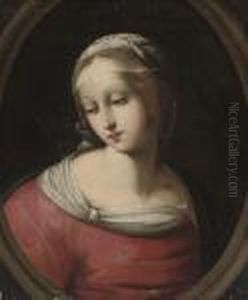
![The School of Athens [detail: 3]](https://www.niceartgallery.com/imgs/254009/s/raphael-the-school-of-athens-detail-3-787366d2.jpg)
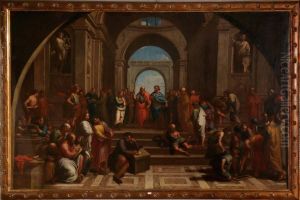
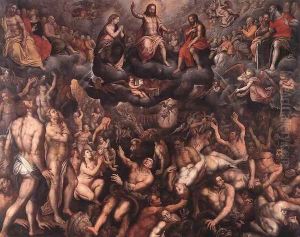
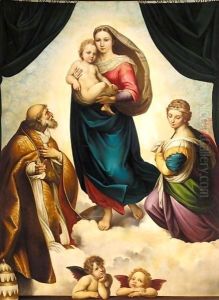
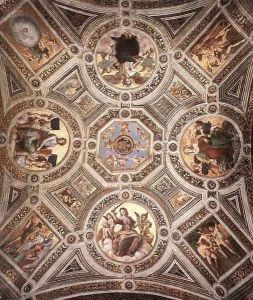
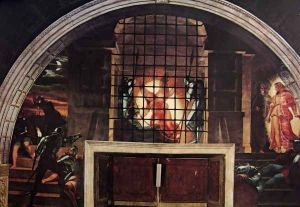
![The School of Athens [detail: 6]](https://www.niceartgallery.com/imgs/253997/s/raphael-the-school-of-athens-detail-6-cb432918.jpg)
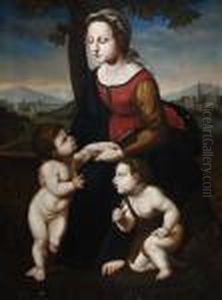
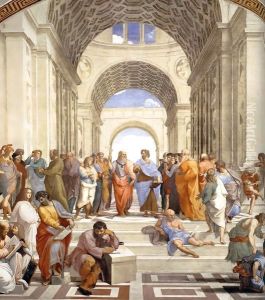
![The Stanza della Segnatura Ceiling: Adam and Eve [detail: 1]](https://www.niceartgallery.com/imgs/253892/s/raphael-the-stanza-della-segnatura-ceiling-adam-and-eve-detail-1-6a13273c.jpg)
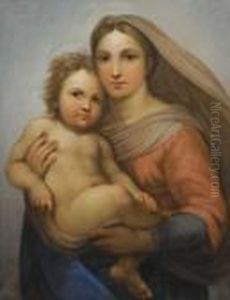
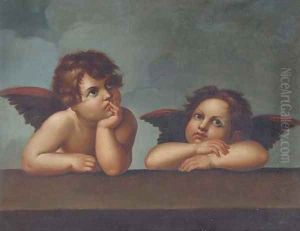
![The Stanza della Segnatura Ceiling [detail: 1]](https://www.niceartgallery.com/imgs/253981/s/raphael-the-stanza-della-segnatura-ceiling-detail-1-33f8194d.jpg)
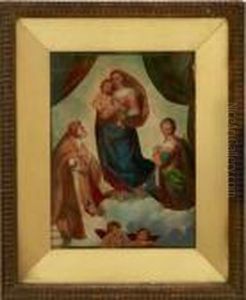
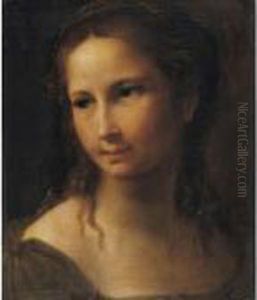
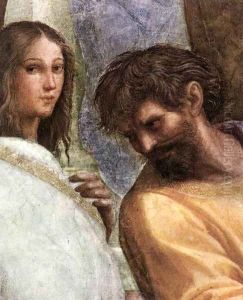
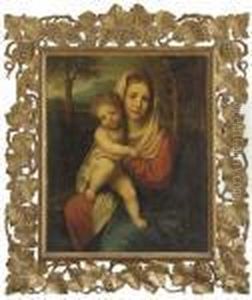
![The School of Athens [detail: 4]](https://www.niceartgallery.com/imgs/253957/s/raphael-the-school-of-athens-detail-4-187514f3.jpg)
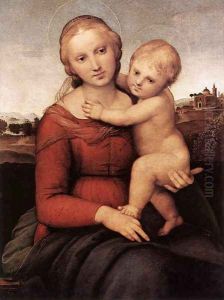
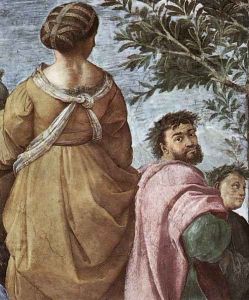
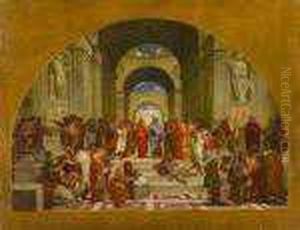
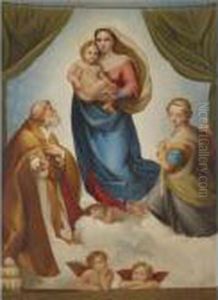
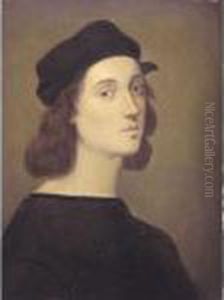
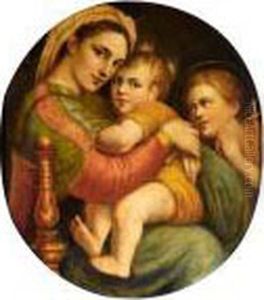
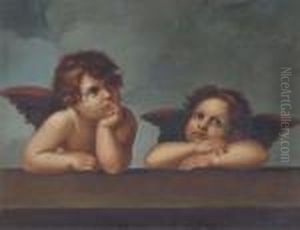
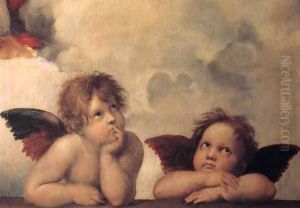
![The School of Athens [detail: 2]](https://www.niceartgallery.com/imgs/254008/s/raphael-the-school-of-athens-detail-2-af91e68a.jpg)
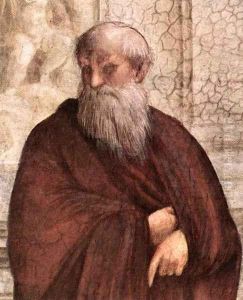
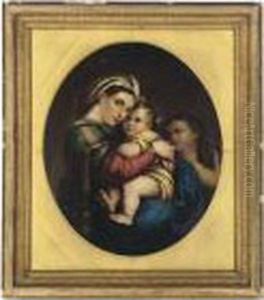
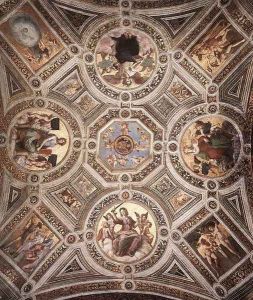
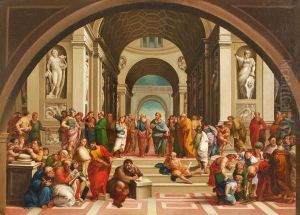
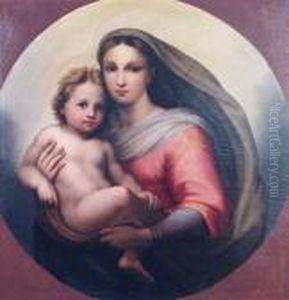
![The School of Athens [detail: 5]](https://www.niceartgallery.com/imgs/253951/s/raphael-the-school-of-athens-detail-5-85a91fe0.jpg)
